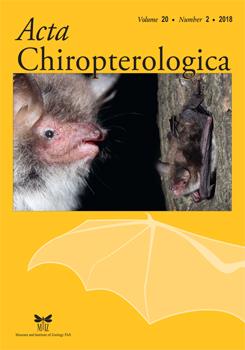Trophic specialization is an evolutionary pathway of niche partitioning and one of the main pillars of diversification that enables species coexistence. One of the major challenges in understanding the evolution of Neotropical bats is the ability to successfully examine trophic specialization in species that are widely distributed and coexist with many other species in complex communities. In this study Natalus mexicanus is examined as an example of an insectivorous bat commonly associated in communities made up of hundreds or thousands of individuals of several species. We analyzed the diet and feeding patterns of N. mexicanus through fecal examination, direct observation, and availability of potential food sources. Our data show that N. mexicanus is a substrate insectivore that forages among vegetation, mainly picking insects from surfaces while hovering or flying slowly, also following a hunting strategy known as ‘slow hawking’. In addition, this species has a special diet that is mainly composed of arachnids, a resource that is not commonly consumed by bats, allowing it to coexist with other species that have different feeding preferences.
How to translate text using browser tools
14 February 2019
Trophic Niche and Diet of Natalus Mexicanus (Chiroptera: Natalidae) in a Tropical Dry Forest of Western Mexico
José Williams Torres-Flores,
Ricardo López-Wilchis
ACCESS THE FULL ARTICLE

Acta Chiropterologica
Vol. 20 • No. 2
December 2018
Vol. 20 • No. 2
December 2018
Arachnida
dietary analysis
ecomorphology
Feeding habits
flight activity
neotropical bats
trophic specialization




